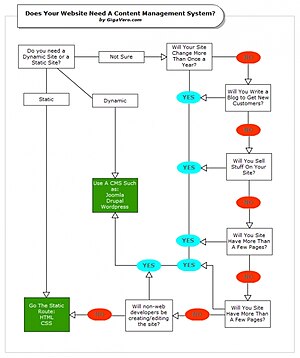The Art of Organizing in a #Comicmarket – Big Brother Knows What You Want
In the first entry to this series I talked about the power of data and how to think of your customers by grouping them by their purchasing habits and frequency of shopping, but, how do you organize all of that? In politics, campaigns are run by database systems that combine CRM and CMS capabilities. A CRM is a Customer Relationship Management system and CMS is a Content Management system. One holds the data and the other is a website. Many packages combine the two.
Examples of a CMS are Drupal, Zoomla, WordPress, Blogger (and so many more) while CRMs are everything from your POS system that Diamond might provide you to Salesforce, Parature, Zoho and the one I’m going to talk about Salsa. Salsa is used by politically oriented progressive organizations to manage their supporters as well as an easy way to create website pages to create a point of entry for new supporters.
A typical Salsa setup might include items such as the following:
- Supporter Management – basic supporter fields, ways to group supporters, ability to create custom fields
- Email blast – send supporters emails and track open rates, click rates and conversions
- Donation management – these are charity based organizations, but you can accept money through the system, also stores, people can raise money for you too
- Action center – have supporters write their elected officials, letters to the editors or sign petitions
- Website features – functions for quick sign up pages, tell-a-friend pages and more
- Event Management – create events yourself and manage them and allow others to create events for you
- Reporting – all of the data is tied together and is reportable
This “action center” is typical in the political world and integrates with your website (think an email sign up box). I’m not only able to organize my supporters, but also see how they’re interacting with the “actions” I create. It’s possible to know who my strongest supporters are, who the most active are and on top of that, the ability for those supporters to spread the message exists.
But, how is this useful for a store or a publisher? As I explained in the first article, you should be gathering data on your customers. Not only is their name important (you should get to know as many customers as possible) but their email is key. Your goal is to get the following:
- Name (first and last)
- Email address
- Phone Number
- Address (zip, city/town, street in that order of importance)
- What are they interested in? – what comics, characters, toys, games, movies, television shows
That last question is key and combined with email it’s a powerful tool. Email is cheap and when it comes to organizing your customers and raising awareness as to what’s new and going on, it’s your most powerful tool along with word of mouth. Each week an email should be sent to customers letting them know what new releases are out and what events are going on. But, here’s where things get amazing if you’re doing your job and organizing the data well, you can micro-target.
There’s no reason two customers need to receive the same email. While you might do a weekly email, through dynamic content, you’re able to change parts of the email to suit the tastes of the customer. If you have that the customer really likes Batman books or X-Men books, they can receive similar emails with just a few sections changed that highlight their interests. If you buy a collection off of someone, why would you send an email to your entire list letting them know what came in? Instead target the individuals that might be interested.
This is powerful, as it allows you to tailor emails to meet the interests of the individual which increases the likelihood they’ll act on the email, open the email, read the email, and less likely they’ll unsubscribe. It increases interest and decreases burn rate of your list. You should also see more foot traffic because of this.
This is the basics of interacting with your supporters/customers/fans. Using data to better interact with them and make them aware of what exists that meets their interests. Up next is how to get them to pitch for you.

